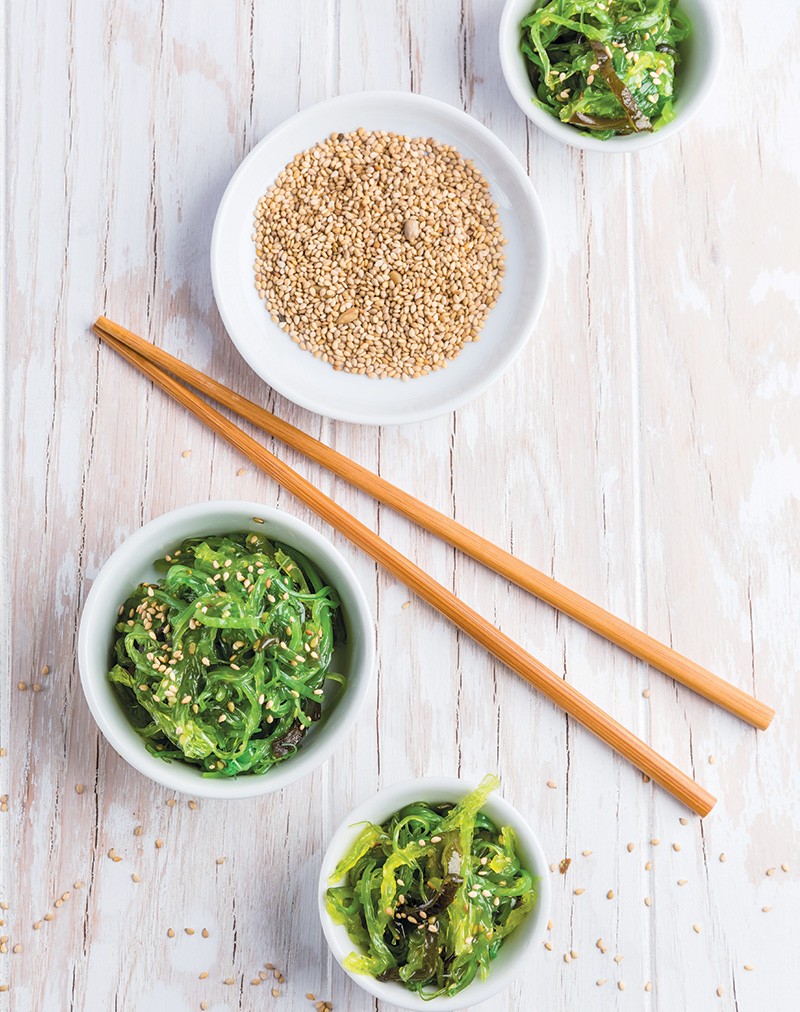Creating (and Promoting) a Gut-Healthy Menu
Good health starts in the digestive system – a connection that gives chefs an advantage to meet diner needs
Of all the specialty diets aimed at achieving a healthier lifestyle, declaring your menu as gut-healthy doesn’t exactly ring the bell that signals salivating. But ingredients that promote gut health are among the favorites in a chef’s arsenal, from yogurt to all things fermented. Expect to see more gut-healthy dishes across the menu, many of which have been present and are now being called out and getting new cred.
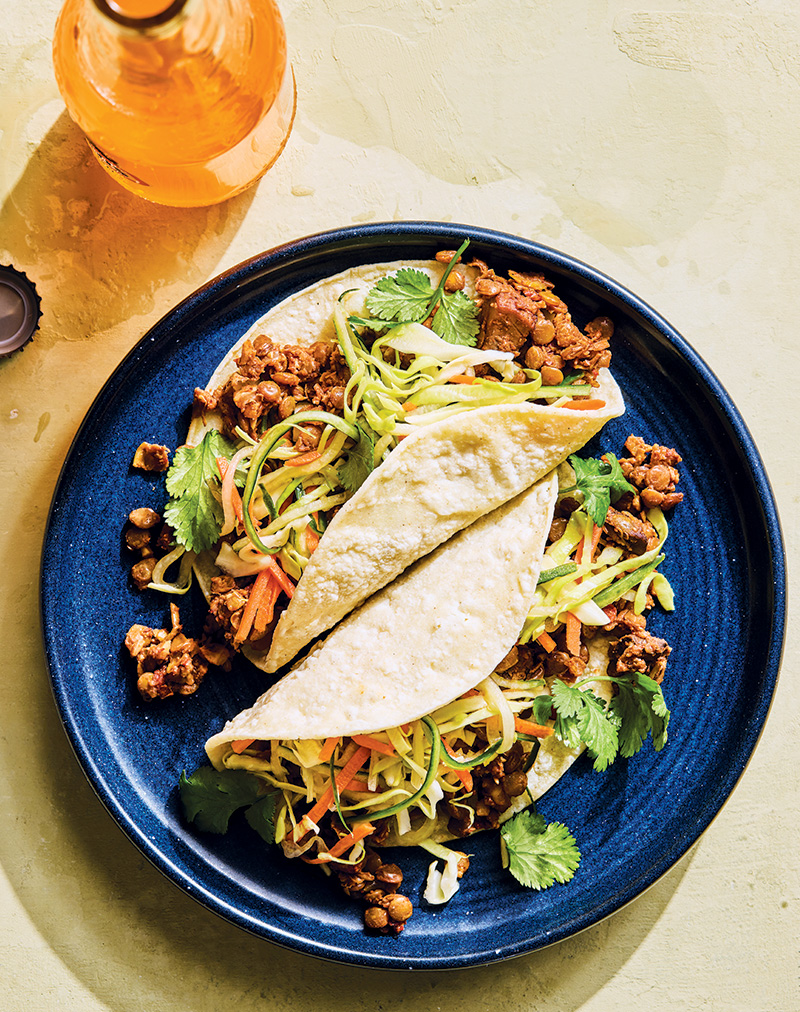
Gut health plays an important role in menu development for Davin Waite, executive chef and co-founder of plant-based restaurant The Plot, which has three locations in Southern California. Housemade fermented ingredients, including krauts, kimchi, sourdough and yogurt, all benefit the gut biome for diners.
“Sourcing organically and regeneratively is always going to be better for gut health, as a result of the increased microbial diversity in the soil,” Waite says. Kraut and kimchi make appearances frequently in dishes, such as a beet Reuben sandwich with sauerkraut, grilled cabbage with kimchi and lentil caviar, and roasted cauliflower with kimchi and a “fishless” fish sauce made with seaweed and ginger. “Polysaccharides and polyphenols from brown and green seaweeds enhance the abundance of beneficial bacteria and their production of short-chain fatty acids in the gut,” Waite explains.
Options Are Plentiful
In addition to kimchi and kraut, Waite's colleague chef Bryan Balzer uses lacto fermentation to make cultured yogurt, which he includes in tzatziki as well as cheese sauce. Balzer also ferments sourdough to make breads and pasta. Some lactic acid bacteria strains in sourdough starter are considered probiotics, which have potential for improving gastrointestinal health.
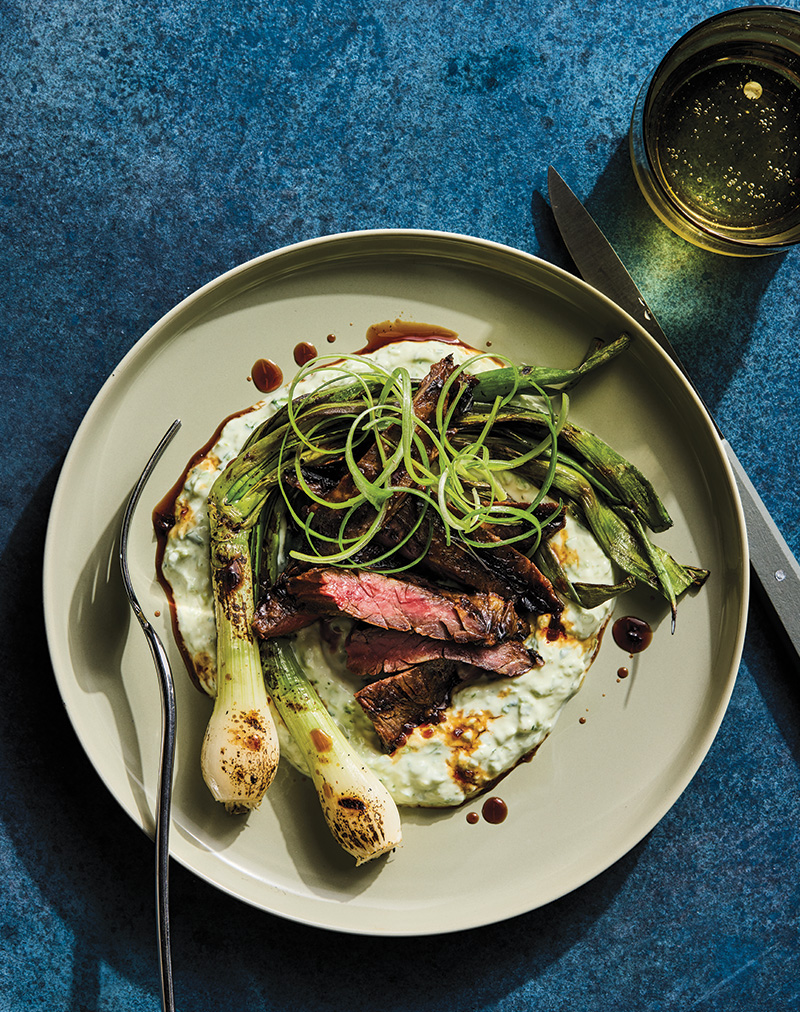
“We let our guests know that our breads and pasta are much more tolerable for those with sensitivities to gluten than conventional flour and breads that haven’t been fermented,” Waite says. “We walk the line of making sure our team is well-informed and can share this information if our guests are interested, while still appealing to those who might not be interested in being educated about gut health when dining. We think it is something that will catch on as more people better understand the connection between gut health and physical and mental health.”
Integrate Throughout
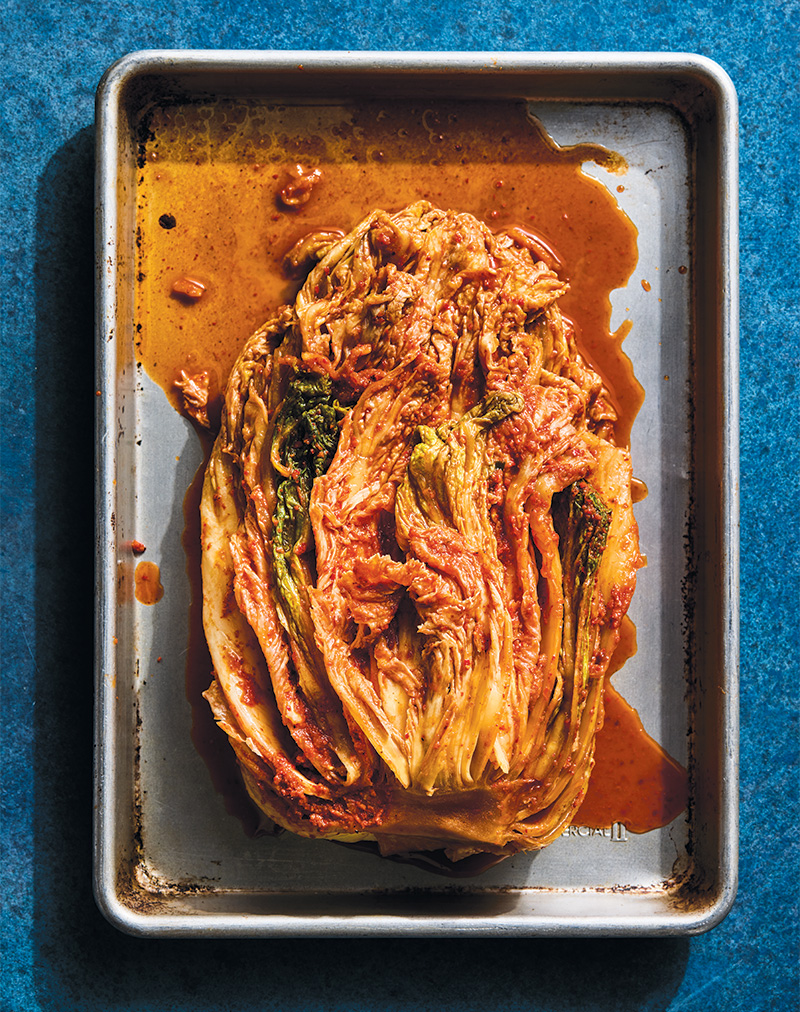
Kari Kihara, the chef at Hayward in McMinnville, Oregon, uses house ferments and whole grains throughout her menu, including flour from locally grown grains milled in Oregon and Washington, for more nutritious sourdough bread, batters, pastries and crackers. “I love the taste of sourdough and always lean toward it, but it is absolutely an added bonus that it is way better on our bodies,” Kihara says. Plus, fermentation helps to preserve peak seasonal produce to add bright accents to her food, and her seasonal pickle plate is one of her most popular starters.
“Most of our guests aren’t coming in looking for a healthy meal per se,” she says. “They are looking for a full experience, and when they want the knowledge, our team will always provide it. Our fermentation and larder program is full of housemade vinegars, misos and pickles that help us create the type of food we want to eat, which always is flavor-first and naturally leads to good gut health.”
For guests who are more interested in the nutrition and health behind fermentation, Kihara is hosting a workshop for the first time this fall to teach basic vegetable fermentation and how to use them in recipes – for example, how to make fermented corn and use it to bake cornbread.
Feel-Good Food
Aidan Owens, the chef at Herb & Sea in Encinitas, California, proudly displays colorful jars of house ferments where guests can see them, often prompting questions that lead to thoughtful conversations and educational opportunities. He credits Sandor Katz's book “The Art of Fermentation” for sparking his interest in fermented foods.
“Ferments are crazy-good for you, and they taste crazy-good,” he says. “I'm susceptible to things hurting my stomach, and when I make my menu, I try to be very conscious of how you will feel. I want people to leave my restaurant and be able to go on a hike, not feel like a heavy lump.” Owens also cooks his food in natural oils such as tallow versus processed seed oils and makes cheese, butter, yogurt and crème fraîche, which have a higher probiotic count than commercial varieties, in house.
Look Across the Globe
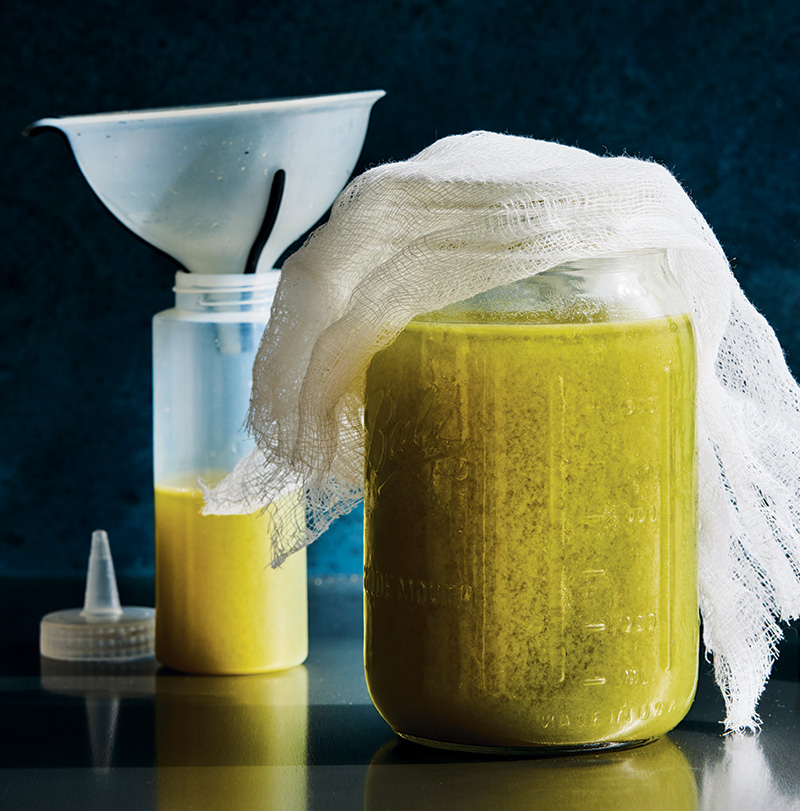 Many traditional foods across the globe, from Korean kimchi to ayurvedic kitchari, are also good for gut health. For example, Chef Shamim Popal's menu at Lapis, a modern Afghan restaurant in Washington, D.C., features gut-friendly ingredients such as garlic yogurt spread with Afghan flatbread, high-fiber orange lentil soup, vinegar-based salad dressings, pickles and high-fiber fruits such as plums and apples. “Gut health has been a concern since I was cooking at home for my children,” Popal says. “As I was creating the menu for Lapis, I realized that, wow, our (Afghan) food is really so healthy.” About half of her menu is gluten-free and dairy-free and labeled as such.
Many traditional foods across the globe, from Korean kimchi to ayurvedic kitchari, are also good for gut health. For example, Chef Shamim Popal's menu at Lapis, a modern Afghan restaurant in Washington, D.C., features gut-friendly ingredients such as garlic yogurt spread with Afghan flatbread, high-fiber orange lentil soup, vinegar-based salad dressings, pickles and high-fiber fruits such as plums and apples. “Gut health has been a concern since I was cooking at home for my children,” Popal says. “As I was creating the menu for Lapis, I realized that, wow, our (Afghan) food is really so healthy.” About half of her menu is gluten-free and dairy-free and labeled as such.
“I'm mostly vegetarian,” Popal says. “I do eat meat, but not very often. When I go out and eat, I find that I'm always bloated afterward. Because we use so many digestive spices such as ginger, garlic, turmeric and cumin, you don't feel bloated. Our guests love it, and they keep coming back for our healthy, gut-friendly foods.”


